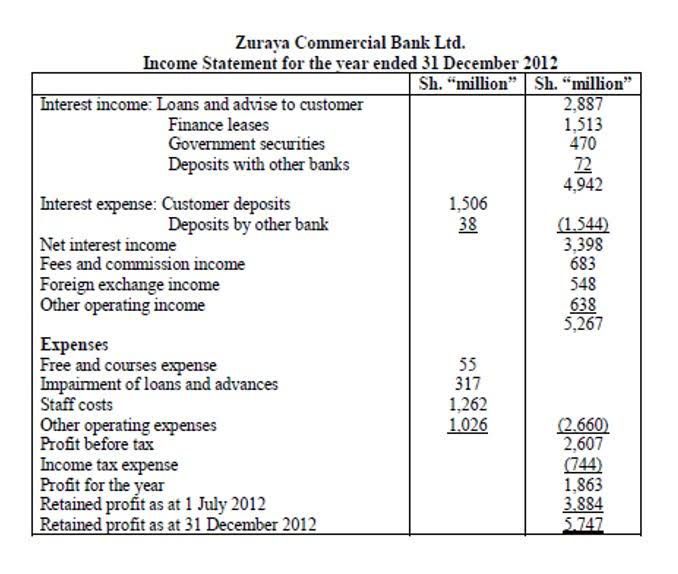
Pentire use plants found along the Cornwall coastline for this product, including rock samphire, sage and Cornish sea salt – plus a few ‘secret ingredients’. My boyfriend and I heated this alcohol-free mulled wine up on the stove as you would an alcoholic one, added slices of oranges to the pan and teamed it with a mince pie. All the scents and aromas of an alcoholic one, minus any clawing regret the morning after. Whilst it looks the part, this Opia option from Vintage Roots is more like drinking a really fresh and tangy peach juice. Created by wine writer Matthew Jukes, these minis are made to be mixed with either still, sparkling or tonic water. The blend includes blackcurrant, blackberry, red fruit, plums and spicy accords, pus a hint of apple cider vinegar, equating to a very pleasing kick – perfect if, like me, you have more of a sour/bitter leaning palate.

Can CBD replace alcohol?
Athletic Brewing is pretty much the gold standard when it comes to non-alcoholic beer, making brews that deliver on flavor and are targeted towards active people who love beer as much as they love fitness. All the flavors I tried were crushable beer alternatives that scratch that beer itch, making them great for cutting out or cutting down on alcohol consumption or drinking during the day. We also love that the brand gives up to $2 million each year towards trail and park cleanups, maintenance projects, construction, and access.
Best refreshing nonalcoholic beverage
- Parch’s Prickly Paloma and Spiced Piñarita (about $25 for a four-pack of 250 mL cans at the time of publication) were overly sweet and lacking in complexity, needing a stronger hit of acid to elevate them.
- ISH recommends splitting one can into two cocktails, which seems like a good idea.
- A lot of craft breweries make low- or no-alcohol brews, so it’s worth hitting up local spots to see what they have.
The woodier aspects of the flavor reminded us of a peaty Scotch whisky. Seedlip suggests an eggnog recipe using Spice 94, which we think would taste nice with this spirit’s smokey, woody https://ecosoberhouse.com/ flavor. Three Spirit recommends that you mix this with tonic, and we agree. There’s a little bit of acid to balance the sweetness and a fair amount of heat from a dash of pepper.
New Brew Tonic
Drinking something non-alcoholic that tasted like rum was kind of odd, but not entirely unpleasant. To be clear, it tasted more like the rum extract you would find in rum raisin ice cream than like real rum, but it did add to the daiquiri vibes. The closest thing we can compare this drink to is mulled cider, but it’s unlike anything we’ve ever tasted. It’s not shy about bringing bold flavors, but we’re not sure if all the competing tastes harmonize well. For Bitter For Worse Smokey No. 56 is marketed as a good option for people who like whiskey. It’s made with lapsang souchong tea, a type of smoked black tea.

- Alcohol causes changes in your brain that make it hard to quit.
- You can even DIY a couples’ massage at home with powerful results.
- The New Science of Alcohol And Your Health, to create his very own alcohol-free drink, Sentia.
- L-Theanine – while there are L-theanine skeptics, the bulk of the research indicates benefits.
- It may be twice as hard to maintain a community during the pandemic, but there are creative ways to do it.
Be aware, however, that non-alcoholic beers can still have up to 0.5 percent alcohol content. If you’re really looking for zero, be sure to check the label to see if it’s alcohol free. It’s perfectly normal if you turn to a glass of wine to relax after a long day though, research from an ICM poll shows that two in three of us do it. It’s all about finding those alternatives to alcohol to kick the habit, whether that be going out for a run or making a calming herbal tea instead. While alcohol-free spirits tend to be on the more expensive end, despite containing no alcohol, Seedlip’s selection of non-alcoholic gins and low-calorie vodka is occasionally on sale.
Types of Free Alcohol Alternatives
The two most popular kinds of bitters, Angostura and Peychaud’s, are 89.4 and 70 proof, respectively. That means that if you are committed to mixing 100% alcohol-free drinks, you need alternative bitters with no booze. When drunk with hot water, Stop Your Wine-ing seemed a lot more like tea than wine.
Ariel Cabernet Sauvignon Wine (2-Pack)
Ish Spirits does a great collection of alcohol-free tequila, rum, and cocktails. And for more insight into the world of alcohol-free drinks, plus some recipes to make yourself at home, check out some of the best quit lit books and audioguides. If you look to alcohol to relax your mind, Matcha tea could be the best pick for you in our list of alcohol substitutes, as it contains L-theanine. “This compound increases GABA, a relaxation neurotransmitter, which is also released when you drink alcohol. Some companies have even started adding it to soft drinks,” says Cox.
- You’d think at this point we’d be tired of the endless variations on aperol spritzes we’ve tried.
- We also tasted some drinks with tonic water, lemon, lime, or orange, per serving suggestions.
- The company makes roughly 50 unique, nonalcoholic brews each year, ranging in style from hazy IPAs to a dark stout to a (very popular) golden ale.
- I also really enjoyed its witchy branding and ended up saving the bottles to be reused as pretty simple syrup bottles and decor.
- Some tasters were put off by a lingering vitamin mouthfeel that reminded us of chewing chalky Flintstones vitamins.
If you’re looking for an aperitif with similar notes of blood orange and herbs, we recommend Wilfred’s, which packs a more compelling bitterness and stronger herbal notes. Among the nonalcoholic aperitifs we tasted, Ghia Original is one of the most complex. You may prefer Figlia Fiore if you like floral flavors, and you may prefer Wilfred’s if you want a thinner, sweeter drink or something better mixed. Adrift comes in a simple, attractive, clear 200 mL or 700 mL bottle.






